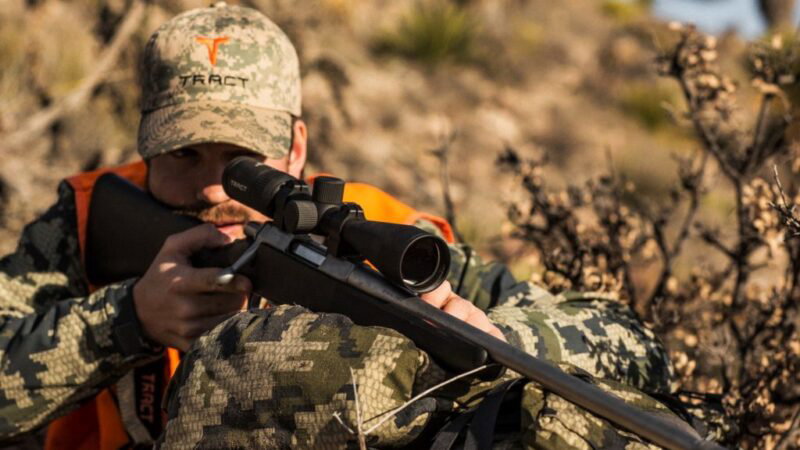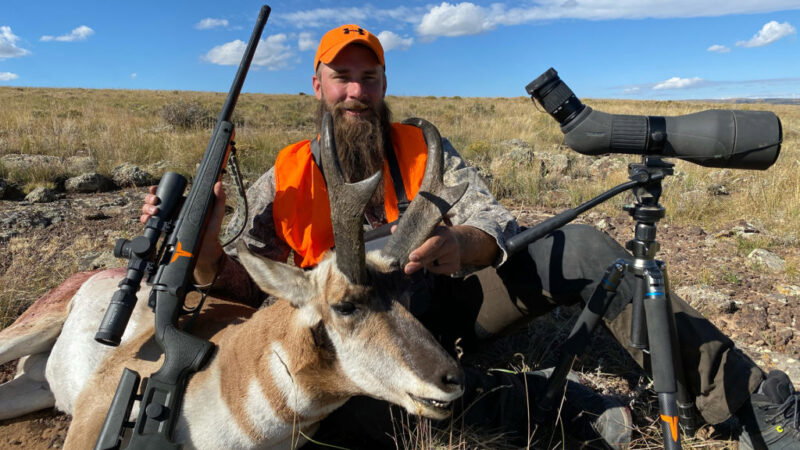Building Your Own Rifle Range
Building Your Own Rifle Range
Building Your Own Rifle Range. The older I get, the less I enjoy packing up all of my shooting gear and heading to the range. That’s not to say that I don’t go. I do. Heading out to the club is about the camaraderie among friends I’ve been shooting with for decades. It’s the ping of metal targets echoing back to the shooting platform, the smell of gunpowder and slapping fellow shooters on the back when they proudly pull a brand new rifle out of its case.
As we do more and more shooting, testing riflescopes, we’ve mulled over the idea of having a range closer to home. Whether you lease or own property, it’s far from an impossible feat to accomplish. The following are tips on how to build your own rifle range, which can also serve in the same capacity for pistols and shotguns.
Consider 360 Degrees Rifle Range
What we mean by this is think about the entire parameter of your property. Where are your neighbors’ houses? Are there livestock? Do roads pass nearby? Acquiring a topographical map will help answer most of your questions. Plus it will show you where natural barriers exist to stop bullets between your property and the next.

Select Your Spot
Now that you know the general area on your property where the range will go, you can start laying out the plans for the build. Rifle ranges are typically flat areas. That’s not to say you can’t bring hills and valleys into play. In fact, if you’re planning on doing any mountain hunting, elevation change is inevitable. That said, unless you are in the middle of thousands of acres, only shoot downhill. Bullets carry for a very long ways.
For starters, let’s just assume that you’re at least setting the shooting platform in a flat spot. This will make it more accessible. When you’re hauling a bunch of gear, it’s convenient to back the truck up to the bench and unload.
Measure Distances
At what distance do you want to shoot proficiently? Let’s say you think 500 yards will be your limit. If you have the room, build the range out to 700 yards. Those who practice frequently, have the proper rifle/scope combination and ammunition will maximize their yardage quicker than they think. If you’re consistently making hits at 700 yards, a 300-yard shot at a big bull elk won’t seem all that far anymore.
Build a Berm
This is a necessary safety measure, even if you think there are enough obstacles to serve as a bullet stopper. Building a berm, or backstop, will also be your biggest expense assuming you don’t own a bulldozer. However, if you’ve planned carefully and know exactly where you want your backstop to be, an experienced bulldozer operator can knock it out in a day or less. Seven feet tall and four feet thick is more than enough. You’ll also want to build it several feet wider on each side than you plan on placing targets.
Get Creative
This is something to think about throughout the process. If you’d like your basic range with only straightforward, flat shots, that’s perfectly fine. But if you want to mix it up and challenge yourself in some real-life hunting situations, then you need to get creative.
Consider setting up shots through the woods, downhill or uphill if, again, you don’t have any neighbors within a mile or so. You can also purchase targets shaped like game animals that will help you hone in on vital shots. Or if you want to implement a pistol course, the range is yours to do with it what you wish.











